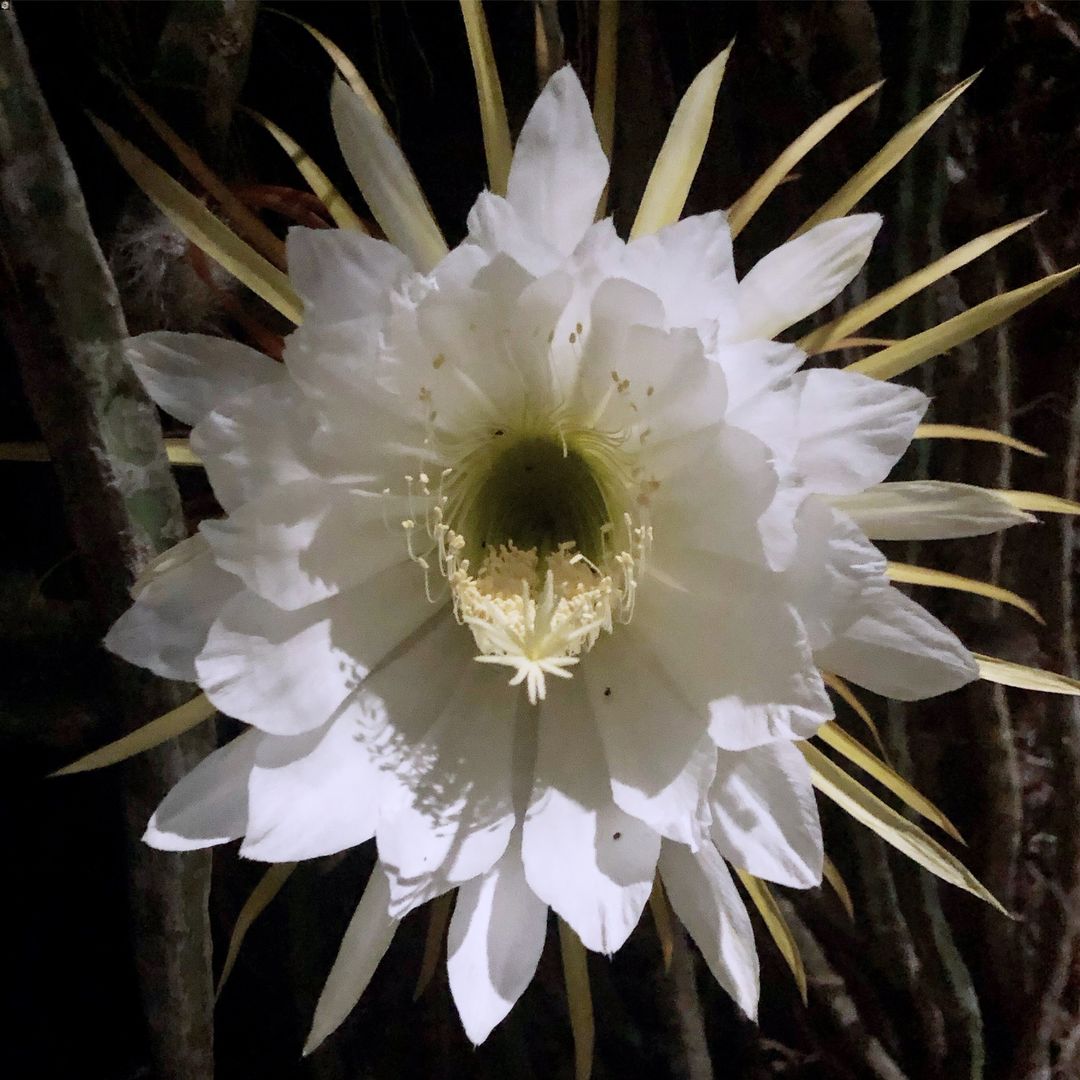Mrs. William Vyvyan’s 1933 Night-Blooming Cereus
"The night-blooming Cereus is one of the desert's most unique plants and a member of the cactus family.
Native to Arizona and the Sonoran Desert, the plant is also commonly called the Queen of the Night or the Princess of the Night."
July 14, 1933
On this day, The Journal Times out of Racine, Wisconsin, posted a notice about a local sensation: Mrs. William Vyvyan's night-blooming Cereus.
"Mrs. Kitty Shephard of Waukesha and Miss Loraine Brehmer of Milwaukee are making an attended visit at the William Vyvyan home. Mrs. Vyvyan had many visitors on Monday evening, who came to see the rare plant, the night-blooming cereus, which had four beautiful blossoms."
The night-blooming Cereus is one of the desert's most unique plants and a member of the cactus family. Native to Arizona and the Sonoran Desert, the plant is also commonly called the Queen of the Night or the Princess of the Night.
Generally, the Cereus is grown as a houseplant and is often a pass-along plant - passed on from one friend to another.
And, you should know, if you get one, that it can be a bit of a mess as a plant. It's rather untidy and unruly. But it can be pruned without hurting the cactus. To create more of the Cereus night-blooming cactus, you must pot the cuttings.
Remember that the night-blooming Cereus won't flower until it is four or five years old. And the number of blooms increases as the plant ages. But once it blooms, the white flower is genuinely incredible. It's almost seven inches in diameter and smells divine - which is good since you have it in your home.
And it's true. It is a night-blooming plant. The flowers start to bloom at 9 or 10 p.m., and they are fully open by midnight. Then, the morning sun will cause the petals to fall off and die.
This post was featured onThe Daily Gardener podcast:
helping gardeners find their roots,
one story at a time






